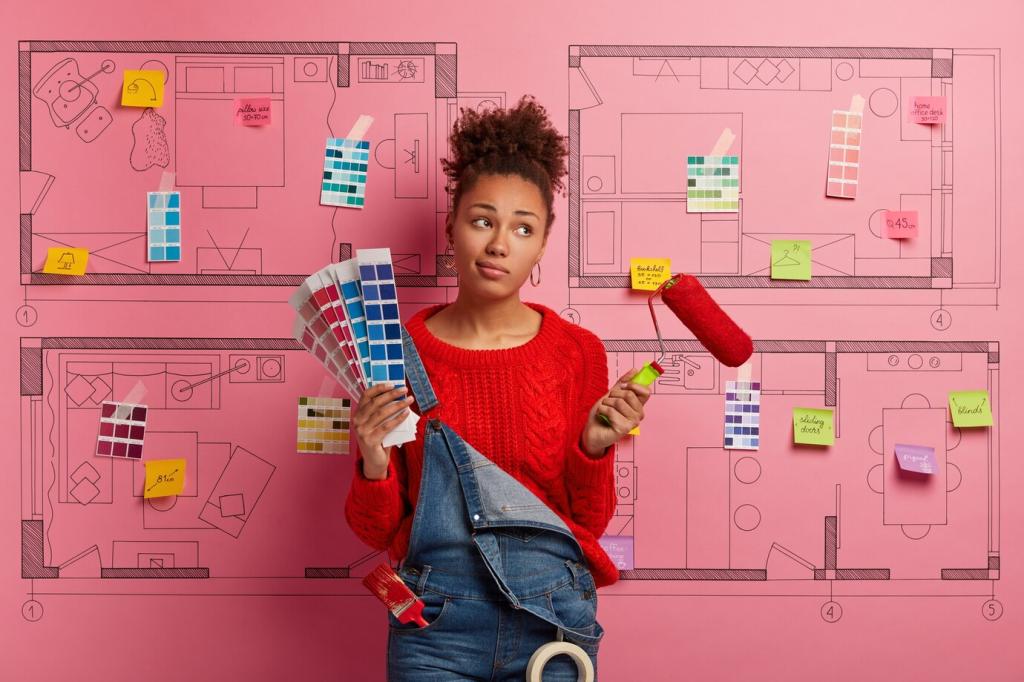Make Visuals Do Heavy Lifting
Plan wide, medium, and detail shots that prove your points: traffic flow, vertical lines, scale comparisons, and textures. Add sketches, swatches, and floor plans. Use alt text that describes function and design intent, not only colors or objects.
Make Visuals Do Heavy Lifting
Explain why the sconce height changed, how the rug anchors seating, or why off-white beats pure white. Cite sources and ethical credits. Invite readers to save the image with a quick takeaway they can apply this weekend.
Make Visuals Do Heavy Lifting
Compress images, choose descriptive filenames, and maintain consistent color profiles. Add accessible contrast in graphics and legible text overlays. Encourage readers to Pin or share mood boards, then track which visuals drive dwell time and subscriptions.
Make Visuals Do Heavy Lifting
Lorem ipsum dolor sit amet, consectetur adipiscing elit. Ut elit tellus, luctus nec ullamcorper mattis, pulvinar dapibus leo.







